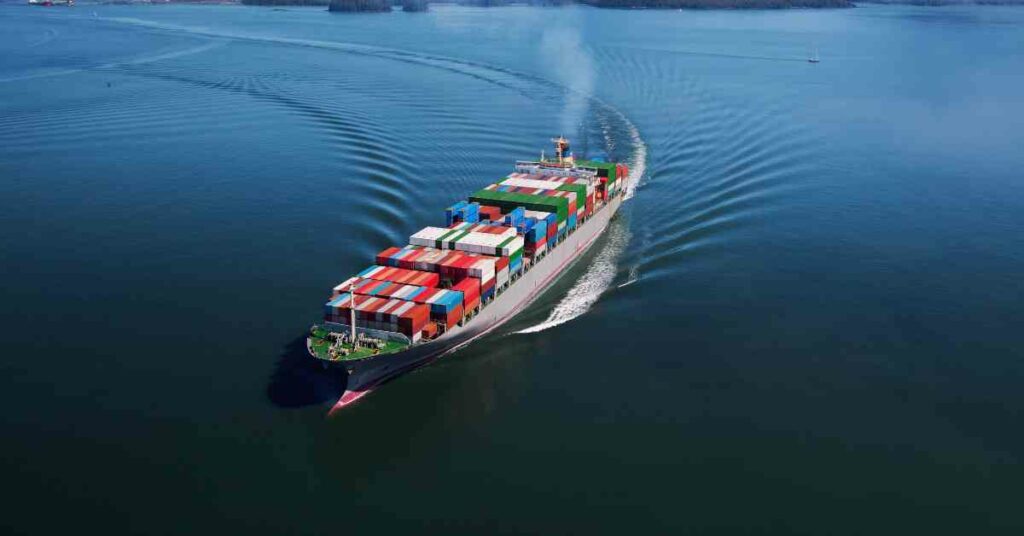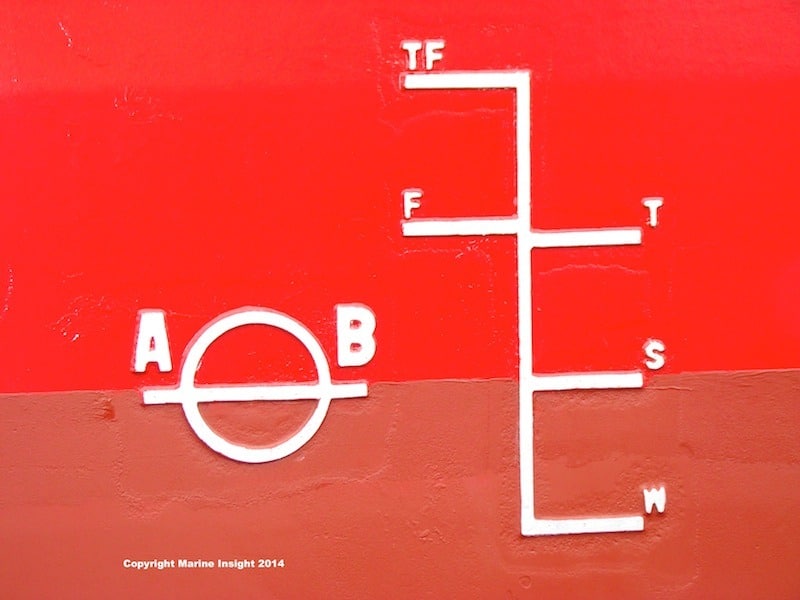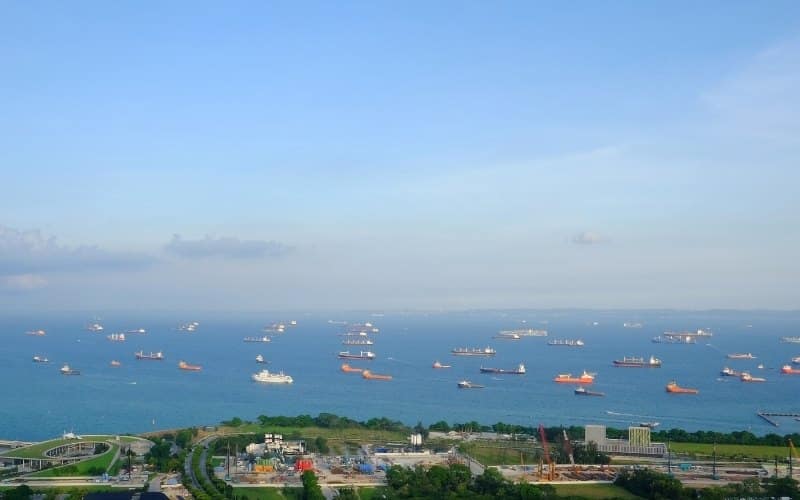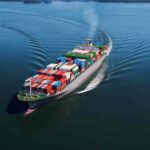What is Voyage Management System?

In the commercial shipping industry, there is a deluge of data. When a cargo vessel goes from point A to point B, multiple data volumes are endlessly generated, ranging from vessel parameters to route conditions to cargo statuses.
Vessel parameters include information such as speeds, heading, fuel consumption and efficiency, engine performance, stability data, working of cargo equipment and machinery (if any), onboard power consumption, and so on.
Route conditions essentially mean weather data and sea conditions and how the vessel responds to them.
Cargo statuses focus on the charter time details and health of the cargo shipments, their present conditions, and the incidence of risks like damage, loss, etc.
Now, the question arises: What is the use of all this data?
The answer is simple. These data streams are exploited by shipowners, liners, operators, and charter companies to monitor the various aspects of vessel operations, performance, and safety when a vessel is transporting cargo from one point to another and address any issues arising en route as soon as possible.
The bigger question is: How are these data handled?
For example, let us consider that a cargo vessel carrying a shipment of cargoes from point X is expected to arrive at point Y on so-called dates.
When it arrives at Y, it is supposed to carry another shipment of cargo back to X. Now, suppose the vessel faces a major issue en route: a main engine breakdown.
At this point, multiple communications need to take place. Communicating the issue back onshore to the operating end, which in turn, then relays this information to the port of call Y, where the vessel now will be delayed behind schedule to reach, sharing this occurrence to the concerned stakeholders in the supply chain where this episode is going to affect (for both the batches of shipments to and from Y).
Now consider the liner or operating company to have a few hundred vessels in their fleet, and out of those, several dozens of vessels are facing some form of problem on a particular day when they are transporting several thousand batches of cargo across multiple locations around the world involving plenitudes of stakeholders in this process.
Is it possible for humans to have absolute control over this entire webwork, irrespective of the available manpower? No.
Furthermore, as we are bound to make errors, it is also important to realise that a single, small glitch in the entire matrix can falter an entire supply chain!
Thanks to the perpetually dominant digital wave in tandem with the augmenting trade and commerce, the growing size of the fleet is no longer a problem.
Voyage Management System is essentially a digital capability that integrates hardware and software solutions into a common platform for controlling and optimising vessel transport, applicable to multiple vessels in a fleet.
To a vessel operator or a ship management body interested in having greater visibility into their vessels’ current conditions, VMS presents itself as a digital package acting as a virtual gate.
In a broad sense, the working of a VMS can be described as:
- Visibility: Tracking all vessel parameters, from technical to cargo, as described above. VMS leads to visibility of many parameters like vessel speed, location, heading, safety and security issues (if any), fuel consumption monitoring, engine performance, cargo statuses, external route conditions (weather, wind and sea states), etc.
Today, the enhanced visibility of VMS is attributed to the advancements in IoT technologies, which cater to the data tapping from various sources computers that mark critical aspects like the vessel speeds and fuel consumption, sensory technologies that give information about cargo health and other operations onboard, GPS and GIS and satellite advancements that provide information about vessel position, heading, or routes.
Moreover, the real-time data exchange also facilitates situational awareness to understand the actual scenario better.
- Processing all such data pools as meaningful insights that can be reported to concerned parties.
- Educating the concerned end about risks, issues, errors, or concerns.
- Using all such generated data as reference and providing solutions to optimise and streamline processes. For example, optimised routes for improved route planning to reduce voyage time and fuel consumption and automated cargo handling guidelines that ensure better cargo stowage and reduce damage risks.
- Ensuring the vessel(s) adheres to regulatory compliance regarding environmental, safety, and other yardsticks; raising alerts in case of discrepancies or outliers.
- Facilitating communications and real-time data transfer from the vessel and the onshore end by electronic means and various digital interfaces for integration and collaboration between ship operations and the control end at shore.
All fleet operators and liners increasingly depend on VMS’s advanced software capabilities. The integration of Artificial Intelligence and Machine learning capabilities, where these interfaces are getting more informed by data to become increasingly aware or intelligent for enhanced solutions, is revolutionizing the management of cargo vessels.
You might also like to read-
- What is Stowage Factor?
- What is an Emergency Wreck Marking Buoy?
- What are Isogonic Lines?
- What is Fendering?
- What Are Cardinal Marks?
Do you have info to share with us ? Suggest a correction

About Author
Subhodeep is a Naval Architecture and Ocean Engineering graduate. Interested in the intricacies of marine structures and goal-based design aspects, he is dedicated to sharing and propagation of common technical knowledge within this sector, which, at this very moment, requires a turnabout to flourish back to its old glory.
Latest Marine Navigation Articles You Would Like:
Daily Maritime News, Straight To Your Inbox
Sign Up To Get Daily Newsletters
Join over 60k+ people who read our daily newsletters
By subscribing, you agree to our Privacy Policy and may receive occasional deal communications; you can unsubscribe anytime.
















